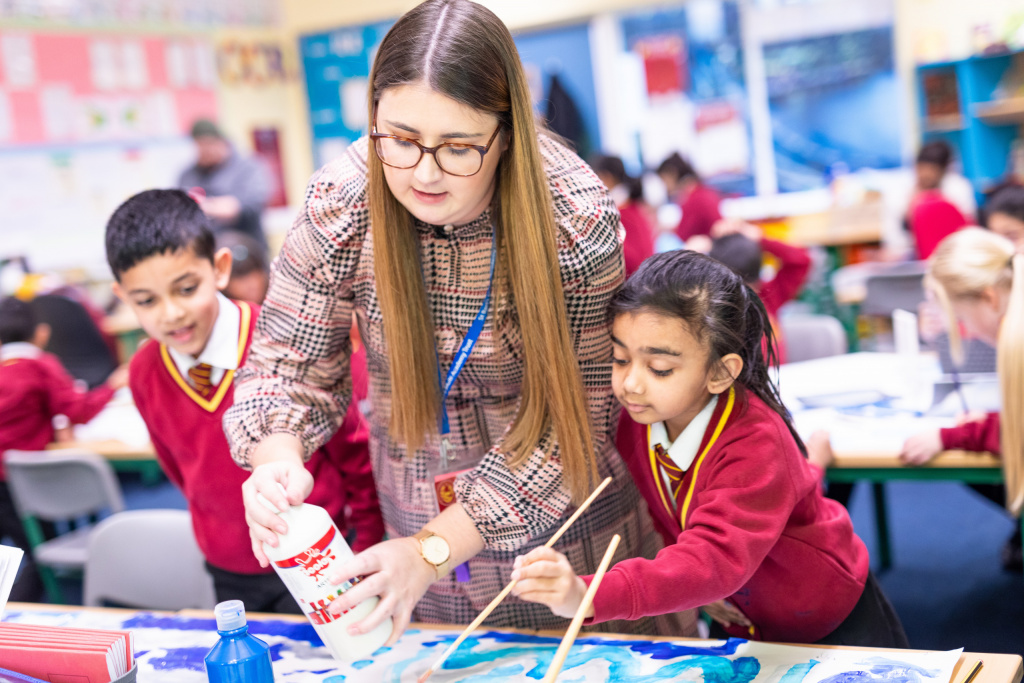
Championing the arts and arts education
Children, young people and adults can explore their identity and connections to each other and the natural world through music, dance, drama and visual arts experiences and activities. In Scotland, the expressive arts contribute to not only our culture and heritage but also our economy. The Scottish Government, its agency Education Scotland and national arts organisations such as Creative Scotland have all affirmed their commitment to arts education in various policies and publications.
In 2021, Creative Scotland and Education Scotland published the report 'A Collaboration for Creativity (2021)'[1], which detailed that cultural and artistic activities should be available and affordable for all children across the country.
This aligns with Article 31 of the United Nations Convention on the Rights of the Child (UNCRC), which is the most complete and widely ratified statement on children’s rights (UNICEF, 2024).[2] This is particularly timely with the passing of the UNCRC (incorporation) Scotland Bill by the Scottish Government in 2024 and points to a nation which values and champions the arts and arts education for all.
At the time of writing, across Scotland – as per our counterparts in the other jurisdictions of the UK – access to cultural and artistic educational opportunities is often dependent not only on financial resources but location and physical proximity to providers.
Yet, despite this uncertainty, there is an unwavering commitment expressed by the national agencies and bodies listed above. There is recognition of the importance of the arts for children and the need to preserve access in the one place where they should be able to experience and engage with cultural and artistic activity – the school. However, having access requires not only resources and a high-quality arts curriculum but also skilled, confident teachers to deliver it.